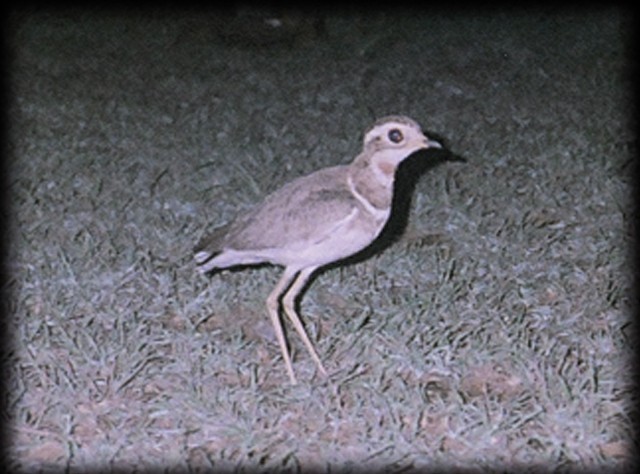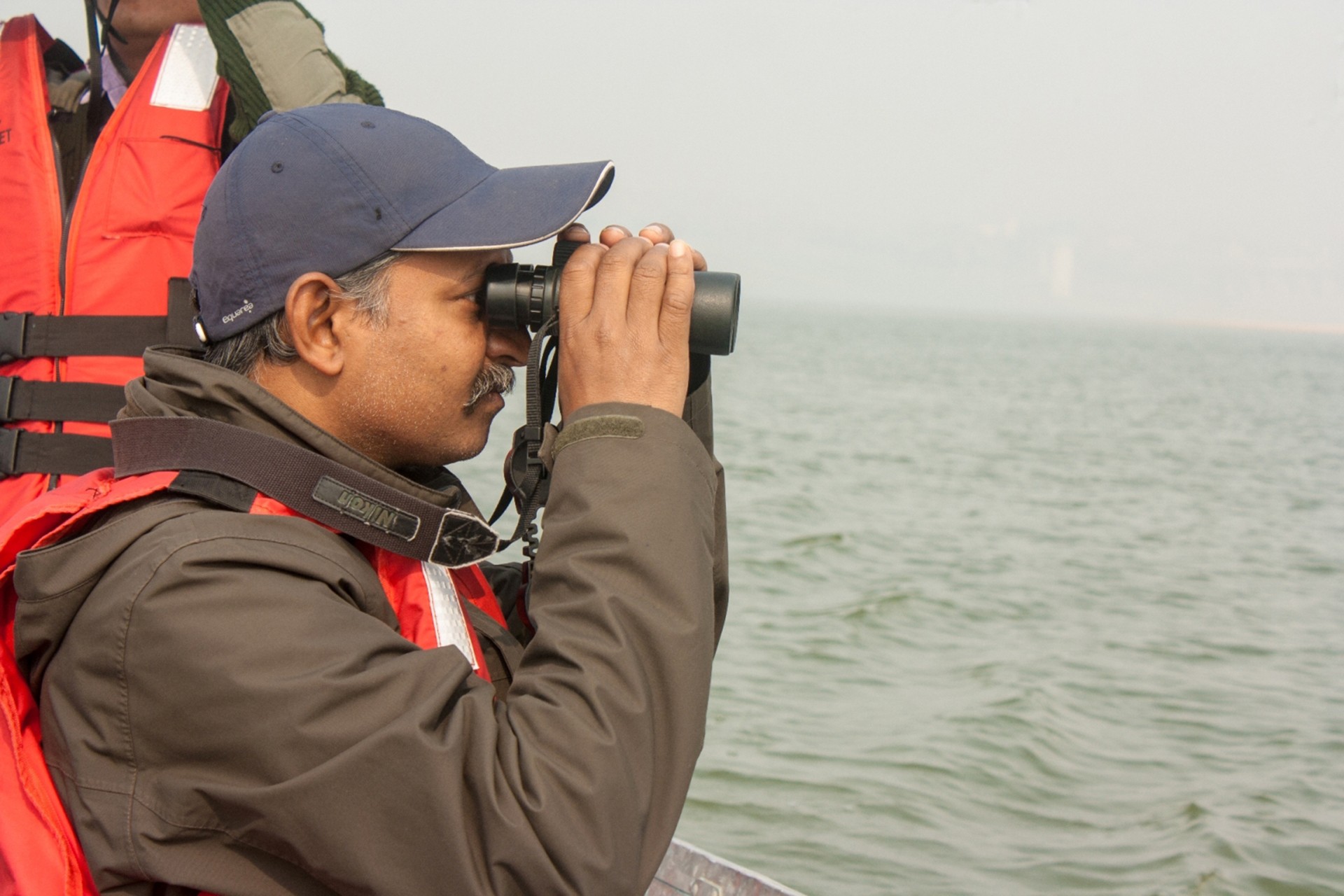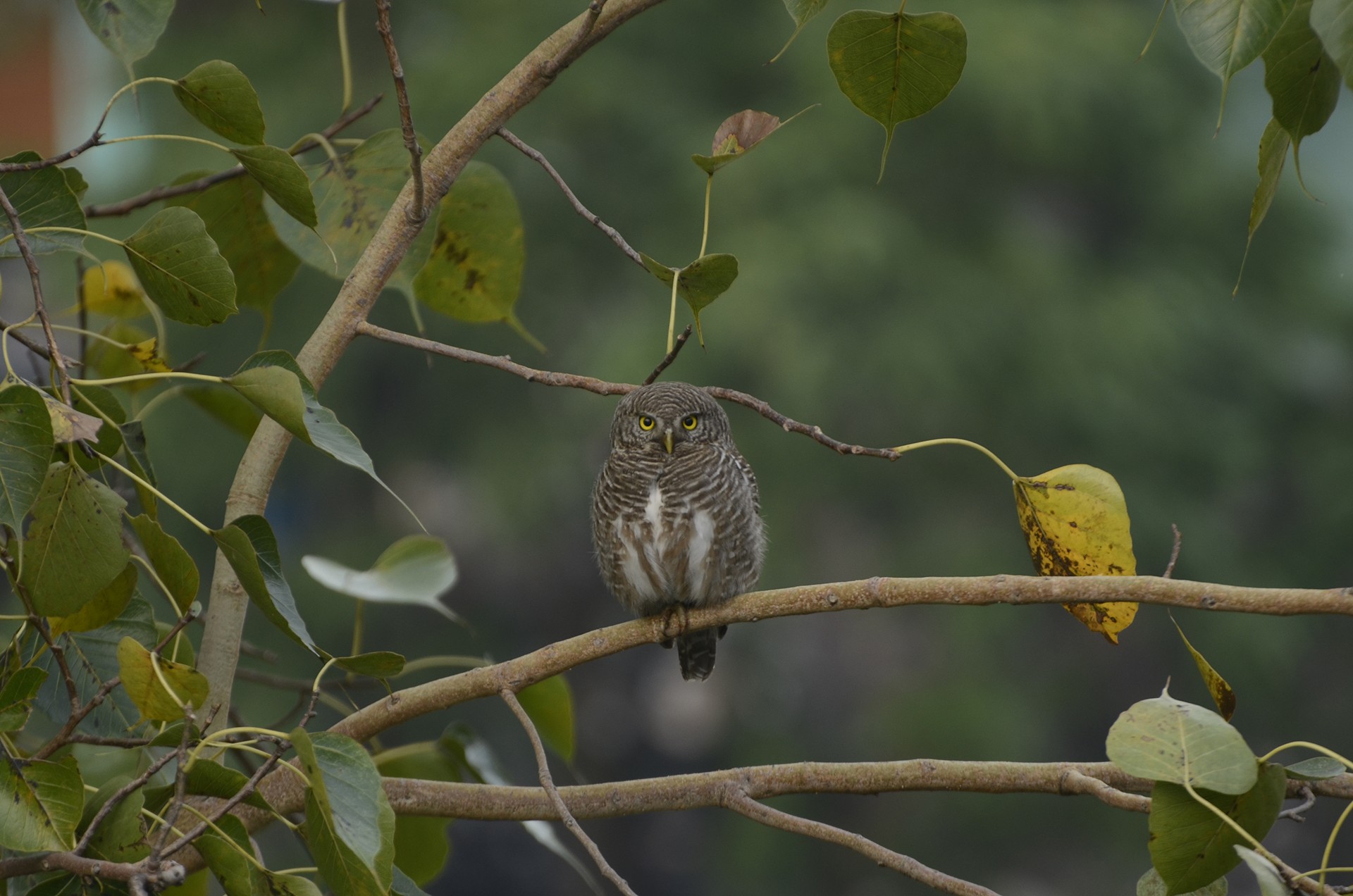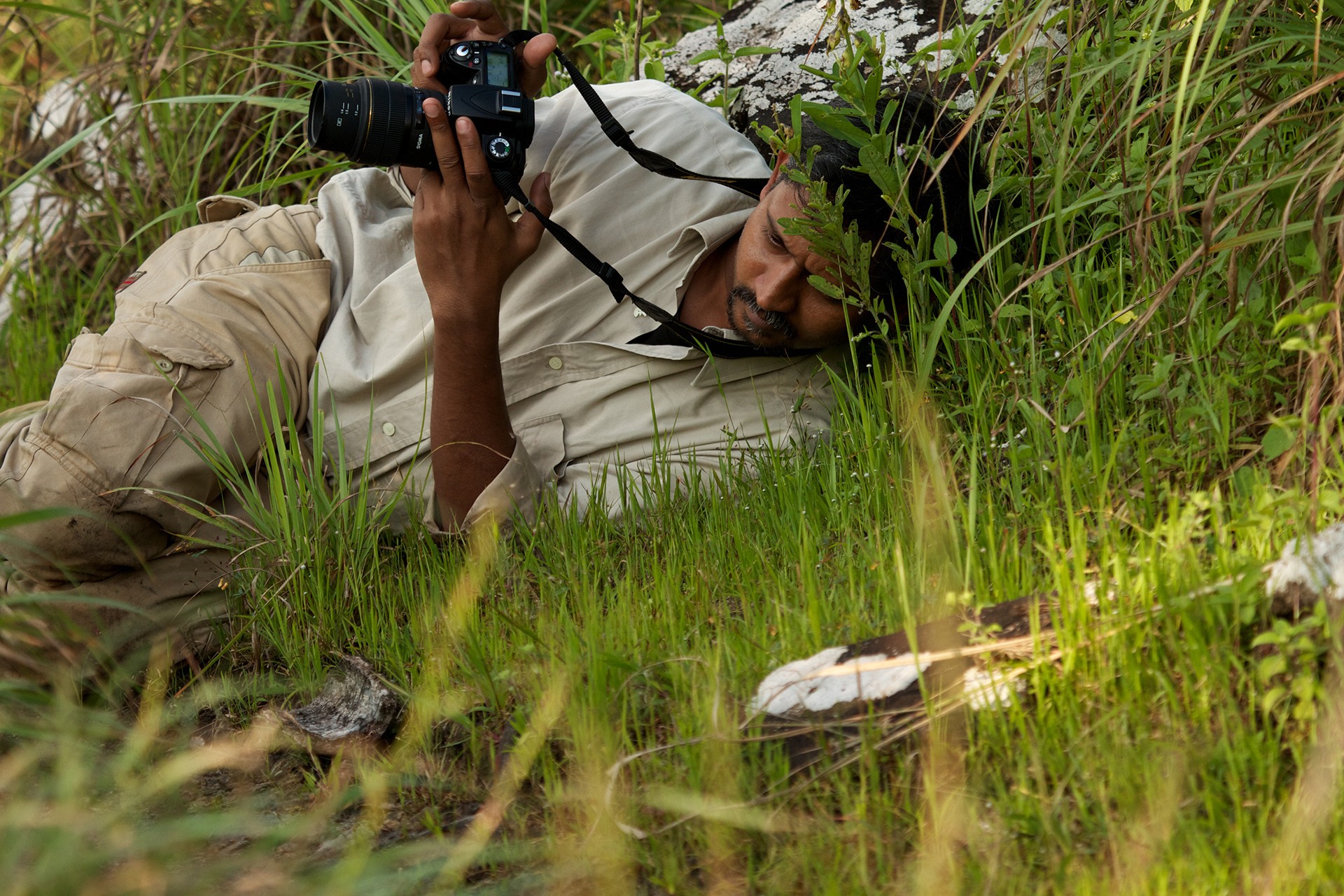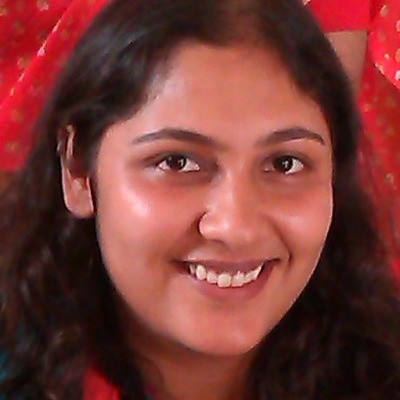P Jeganathan, a wildlife biologist working with the Nature Conservation Foundation (NCF), has spent years researching one of the rarest birds in the world: the critically endangered Jerdon's Courser. Through popular science writing in Tamil as well as in English, Jeganathan has also made it his mission to share the importance of our natural ecosystem with the young and old. He documents birds and seasonal changes in common trees, and has a treasure trove of stories and natural history information on his blog. Although he isn’t on any social media network, Jeganathan is a staunch proponent of citizen science. He is an avid eBirder, and has uploaded just over 2800 images to Wikimedia Commons.
We spoke to him about the challenges of conserving a bird that hasn’t been seen in decades, the many possibilities of citizen science and the importance of taking action when it counts. Read on.
The rediscovery of the Jerdon’s Courser in 1986 prompted the declaration of a wildlife sanctuary in Andhra Pradesh especially to protect it. But it hasn’t been spotted since 2008. What do you think the status of this bird would be now now? Do you think they are still around?
Jerdon’s Coursers are still critically endangered. Soon after the birds’ rediscovery in 1986, the forest area they were spotted in was declared the Sri Lankamaleswara Wildlife Sanctuary. It was only after 2000, when we started a full-fledged research project there, that we understood that the habitat potentially suitable for these birds – scrub jungle with open areas – lay at the fringe of the sanctuary, and in some cases outside the protected area as well. Unlike the Indian Courser, the Jerdon's Courser doesn't prefer forest that's too open, or too dense. It needs the kind of moderate habitat that's been maintained there by local communities for decades – that certain level of grazing and wood cutting actually helps maintain the scrub in the right conditions.
Then things threatened to change again when the Andhra Pradesh government decided to start work on the Telugu-Ganga canal right through this Courser habitat. It wasn’t easy convincing either the communities, government officials or the politicians not to build through the area. Fortunately, with the help of a few understanding officers and conservationists, we managed to divert the canal. One thing we insisted upon while the canal was being constructed was that the traditional pathways to the forest, used by local communities for grazing, should not be affected. That’s only been met to some extent, so in some places overgrazing is now leading to a change in the vegetation.
It is worrying to think about the current status of these birds. Despite several thousand nights spent on camera trapping, between 2008 and 2016, we still haven't recorded any. We could conclude that the Jerdon's Courser is now locally extinct in some parts of the sanctuary, but I’m quite optimistic that it isn't the end of the road. There are still areas that are relatively intact, and there's a chance that these birds are still thriving there. We need proper, long-term surveys inside and outside the sanctuary, all across Andhra Pradesh – wherever potentially suitable habitat exists.
How did you manage to keep up the good fight without being labelled “anti-progress” or “anti-development” during the canal issue?
I’m often asked, what is the use of this bird – the Jerdon’s Courser. I usually draw a parallel to the Taj Mahal. There’s only one Taj Mahal. Similarly, there’s just one such bird. It should be a matter of pride, and it is our responsibility to save it. That’s what our focus should be.
This bird is the pride of Andhra Pradesh; it cannot be seen anywhere else in the world. It is classified as rare and critically endangered; local communities are dependent on courser habitat – these are just some of the arguments we had to make during discussions related to the canal. We just had to stay firm.
You have been promoting the cause of “every man a scientist”, through workshops and citizen science initiatives. What are the best ways to engage more and more people?
Of late, most of my work has been related to birds (through Tamil Birders Network) and trees (through SeasonWatch). Such initiatives engage people of all ages – it's not too difficult to get people’s attention when you’re sharing the wonders of nature. As a nature educator, I rely not just on pictures and explanations, but on taking people outdoors. Birds, for instance, are a good starting point – it is easy for people to start taking an interest, and build further from there. You don't always need expensive gadgets or binoculars – I myself began learning about birds from books. So, I insist that people refer to field guides and read about birds while going out to observe them. And we should remember that we don’t need to go far or travel to wetlands or forests to watch birds. Just start by watching birds from your own balcony or backyard, at your school, college or office campus.
I also avoid using any technical terms or scientific names while speaking to beginners – I don’t suggest eBirding to kids or beginners, even though I do a lot of it myself. If I’m speaking to school children (in Tamil Nadu), I usually used Tamil, even if it’s an English-medium school. A few birders and I coordinate the Tamil Birders Meet, and we have now started an annual bird survey, the Pongal Bird Count, which is now in its fourth year.
As an educator, it is a little bit of a struggle getting students excited about plants and trees – especially if there aren’t any colourful flowers or if the plant isn’t in full bloom. SeasonWatch is mainly focussed on schools. I prefer not to talk about the economic importance of trees or medicinal values of plants. Instead, there are some fascinating facts that a lot of us don’t know about. For instance – how trees communicate with each other, or why the leaf flush is red. I also talk about left- or right-handedness in plants, sexual dimorphism in trees, canopy shyness, drip tips and many other interesting aspects of plant life.
You’ve been contributing to Wikipedia and Wikimedia for a long while, and you're a prolific WikiDonor. Why is this important?
Isn’t it better to share the images you have rather than keeping them saved in your hard disks? My storage device could conk off anytime, and who knows, I may not be around tomorrow and with me, my images would be buried as well!
Instead of posting my images to Facebook or other such platforms, I wanted them to become useful resources for people. This is something I realised while working on a birding field guide in Tamil – I was looking for a specific image (of an Indian Pond Heron in flight). I started asking around, and searching the internet. It turned out to be quite a process – I’d send someone a request for the photograph, they’d take a while to respond or sometimes they wouldn’t. I realised then the need for an open-access database of photographs related to nature and conservation. A lot of wildlife researchers and nature photographers already have many images – it’s just that they’re not accessible or compiled in one place. And what are the chances of all these images winning an award? What I tell photographers is that they might as well contribute to Wikimedia Commons, or mention that their images are copyright-free on their websites, so that their photographs can be shared and better utilised.
Recently, we’ve started a new Wikiproject on Nature and Conservation in India – you can find out more about the idea behind this on the site. We now have 10,000 images related to nature and conservation in this project, which are all Copyleft images – free to use. More than half of these have been donated to the project by NCF staff.
Your blogs are a treasure trove of natural history information in two languages – English and Tamil. What was your motivation behind this, and what is the importance of using local language to reach people?
My interest is in educating a wide variety of people – younger generations and the general public, as well as government officials, bureaucrats and decision makers – about the values and services rendered by our natural ecosystems. To accomplish this, I try to produce educational material in local languages. [Read Jegan’s letter to one of our Young Tusks here, about birds that nest and feed on the ground.] It is imperative that science should reach out to common people, especially for the cause of nature conservation; otherwise, it is difficult to garner people's support. If people don’t know about the existence of an issue, how would they know about its importance or how they can contribute? For instance, when the Silent Valley movement took Kerala by storm, the discourse that took place was in Malayalam – that helped a large number of people come close to the issue.
Wildlife researchers who can read and write in their mother tongue should make an attempt to write about their work. When scientists are directly involved in the communication, they can ensure that there are no factual errors and that the writing is scientifically correct. It is also important that technical terms are aptly translated to the local language and that the local names of the species are mentioned. We have to be linguistically correct as well as scientifically correct – that’s how science will reach the common man.
Find out more about what Jegan’s up to on Wikimedia Commons here. Read Jegan’s blog in Tamil at http://uyiri.wordpress.com/ and more of his writing in both English and Tamil at http://blog.ncf-india.org/author/jegan/.
P Jeganathan showcased his work at the Nature inFocus Festival, 2017. If you missed it, or would like to listen to his talk, here it is.
